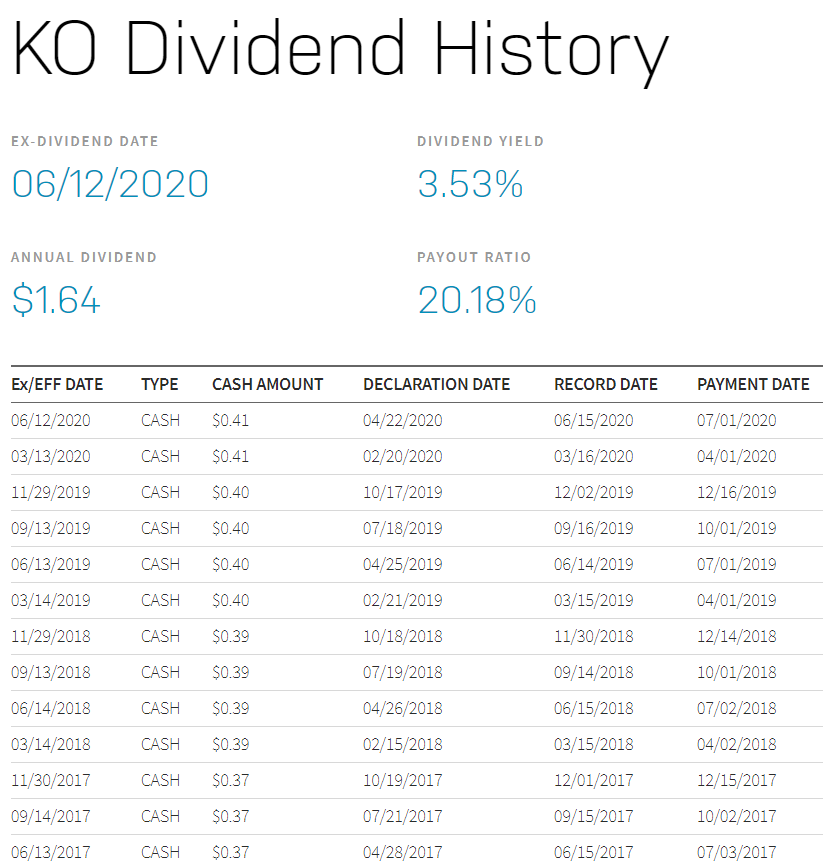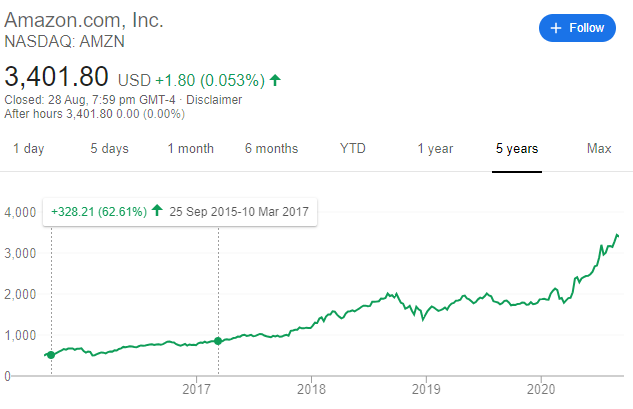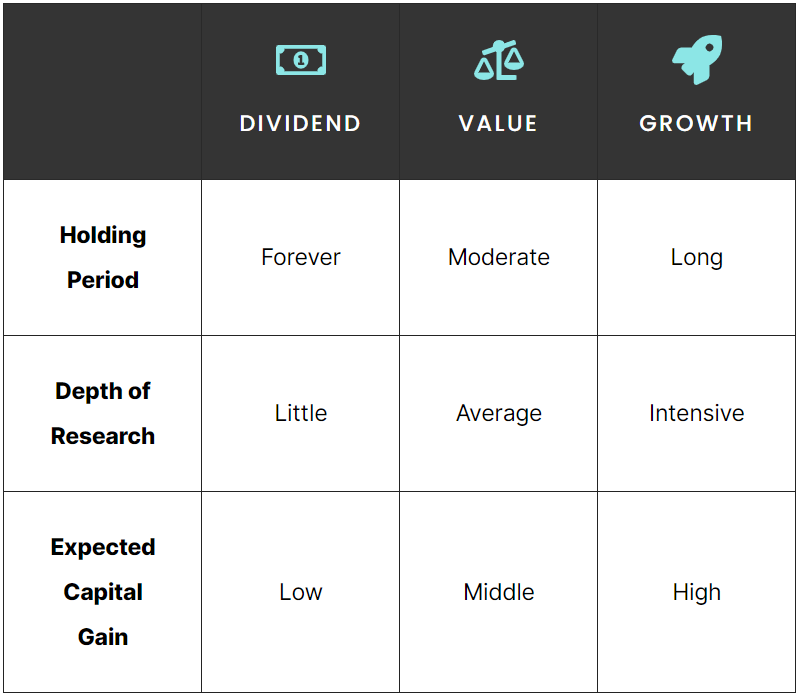Should You Invest In Dividend, Value or Growth Stocks?
Stock Investing Hub ⮞ Stock Market Basics ⮞ Should You Invest In Dividend, Value or Growth Stocks?
6 RESOURCES
⮞ Introduction
⮞ What Is The Stock Market
⮞ Opening A Brokerage Account
⮞ How Much You Need To Start Investing
⮞ Dividend vs Value vs Growth Stocks
⮞ 3 Steps To Successful Investing
3 Ways To Invest In The Stock Market

Before I deconstruct the 3 different ways to invest, these are based solely on my experiences and the 3 ways that are proven to work well in the stock market.
The 3 main ways to make money investing in the stock market are:
Each of these method have their merits, and you have to consider which is suitable for you based on your financial goals and lifestyle - which will be discussed at the end of this session.
What is Dividend Investing

Dividend investing is one of the most passive ways to invest, and it is one of the most commonly adopted investing approach among beginner investors.
The idea to invest in dividend-paying companies that will pay you dividends, and you reinvest those dividends back into the companies - creating a compounding effect.

Dividend History of Coca Cola (KO)
Of course, when you received the dividends, you don't have to reinvest it right away - you could keep them in cash first, and decide the right price to pay for the stock later on.
However, there are investors who prefer a hands-off approach when dividends re reinvested back into the stock automatically, otherwise known as DRIPs.
DRIPs stands for dividend reinvestment plan.
The approach to dividend investing is to identify dividend-paying companies that are able to sustain and grow their dividend payment to shareholders.
One thing that dividend investors usually look out for are what is called Dividend Aristocrats.
Dividend Aristocrats are companies in the S&P 500 index that have increased their dividend payout 25 years or more.
You can find the entire list of Dividend Aristocrats right here.
The most important factor for dividend investor is to assess the sustainability of dividend payments.
This means that you want these dividend companies to pay you dividends again and again.
Pros & Cons Of Dividend Investing

Dividend investing is a very passive and straightforward way to invest.
However, dividend paying companies usually don't enjoy huge capital appreciation compared to growth companies, as they are giving out dividends to shareholders, leaving lesser earnings to reinvest in the company's business.
For investors who are focusing on passive income rather than capital appreciation, dividend investing will be the ideal.
Dividend investors are also rarely affected by stock market crashes as long as the companies they have invested are still paying dividends.
In fact, during a stock market crash will be a good opportunity to add more shares as long as the fundamentals of the underlying companies remain intact.
What is Value Investing

Value investing is about buying quality stocks that are undervalued compared to their fundamentals.
Therefore, you have to be able to do two things:
After which, if the share price is lower than the calculated entry price, you can then considering investing in the company.
Fundamentals, in the value investing perspective, basically refers to the financial numbers of the company.
This could mean:
These financial ratios will be explained more in depth in subsequent chapters, where you will discover what are the important financial ratios to look at to assess the quality of the business.
Once you have found a quality business, the next thing is to figure out the right price to pay for it.
Figuring the right price to pay for a stock is also known as valuation, this will be covered in the next chapters as well.
In short, the goal of value investing, is to buy a company undervalued and sell it once it is overvalued.
Pros & Cons Of Value Investing

Value investing requires an investor be able to at least understand the financial numbers of the company.
For investors who are unfamiliar with financial numbers, these will be explained in the later section.
Unlike dividend stocks where an investor would hold possibly forever, value stocks are usually sold when they are overvalued, unless they still have the ability to continue growing their earnings further.
Therefore, it is important for a value investor to be able to make an assessment when to sell the stocks.
Value investing are ideal for investors to learn how to assess company's fundamentals as well as valuate them - they tend to have better capital appreciation than dividend companies if executed correctly.
What is Growth Investing

The third way is growth investing.
Growth investing is one of the most powerful ways to build wealth through growth stocks as they give the highest returns.
However, it also requires the most in-depth research as an investor.
Growth investing as the name suggests, is investing in high-growth stocks.
Typically, these stocks are less well-known and are smaller companies.
The reason is because small companies have the ability grow faster, yet at the same time, small companies are also more vulnerable.
It is kinda like a baby learning how to walk - vulnerable but tons of potential to grow.
Therefore, it is important to be able to do proper in-depth research before investing, understand the growth potential of the company.
Strong Growth investors are usually looking for companies that have huge room to grow, so that they could achieve multi-baggers on their investments.
A multi-bagger refers to a stock that gives returns of several time its cost.
For example, a two-bagger means the stock gave a 200% return.
A three-bagger meant the stock gave a 300% return, so on and so forth.
The size of the company can be measured in terms of market capitalisation.
Market capitalisation refers to the company's share price multiplied by the number of shares the company has.
Pros & Cons Of Growth Investing

The merits of growth investing is potentially much higher returns - however, it does require much research, and a lot of patience.
Most people will take their profits when they have a 30% or even 50% returns, while growth investors, they will sit through and enjoy the ride until the company shows signs of slowing growth.
One such example of growth stock is Amazon (AMZN).
However, most investors would have taken their profits much earlier than sitting through the entire growth ride with Jeff Bezos.

If you zoom into 2015 to 2-17, most investors would have taken their 62.61% profits and run, while growth investors would have continued its climb.
In fact, even when the share price falls, growth investors are even looking to add more positions.
The only reason why growth investors have the courage to add more position is because they have done their in-depth research on the company.
These research goes beyond just reading their annual reports, but also trying out their products themselves, and in some cases, visiting the management of the company.
In short, growth investing provides high returns, but you do need a lot of experience and patience.
Conclusion
As mentioned in the start of this section, your investment style have to suit your lifestyle and personality.
These can be narrowed into a few factors:

In short, you have to decide as an investor, do you prefer to invest in dividends stocks and simply hold them for forever?
Or would you prefer to have a higher return, but require much in depth research and invest in growth stocks.
Or would you prefer somewhere in the middle, where you can expect moderate returns and invest in value stocks.
Personally, I suggest to my students to start off with value investing to get started learning the fundamentals of the stock market, and progress to level up to growth stocks.
When you have a small portfolio, it is better to focus on growth rather than passive income.
However, if you already have a huge capital, you could invest in dividend stocks and simply collect meaningful dividends - which is why I rarely encourage students with invest in dividend stocks if they are starting out with a smaller portfolio.



